Goals and Objectives: Differences Analyzed
por Sherri Jenkins


1. Goals
1.1. A goal is a broad statement that is abstract, intangible, unmeasurable, generally long-range, and lacks specificity. Goals provide the framework for formulating the specific objectives that lead to attaining a stated desire or aim. Often viewed as the Big Picture, the expectation is the attainment of the desired state based on effort (Investor Words, 2017). A goal often defines the destination and modifies the direction to get toward that target, as well as create the necessity to develop specific tasks in pursuit of achievement.
2. Objectives
2.1. Objectives are specific, concrete tasks that can be assessed, observed, and measured to ensure the principal goal is obtainable. They are often referred to as sub-goals. Objectives are generally smaller in size and are a means to an end (Smart Goals Guide, 2016). There are three types of objectives; cognitive objectives are used to build knowledge, affective objectives are used to change attitudes, and psychomotor objectives are used to build a skill set (Hodell, 2016). If your goal is to hit a bull's eye on a target, a cognitive objective would be used to assess the mathematical component of archery, an affective objective would assess attention to archery safety, and a psychomotor objective would assess the archer's ability to string a bow aptly.
2.1.1. Hodell (2016) suggests as a fourth objective domain interpersonal objectives. An interpersonal objective would require being able to measure and assess emotional components associated with the learning process. Romiszowski (as cited in Pershing, 2006) postulated that the interpersonal domain is directly linked with the objectives found in either cognitive, affective, and psychomotor and though difficult to assess its presence cannot be ignored.
